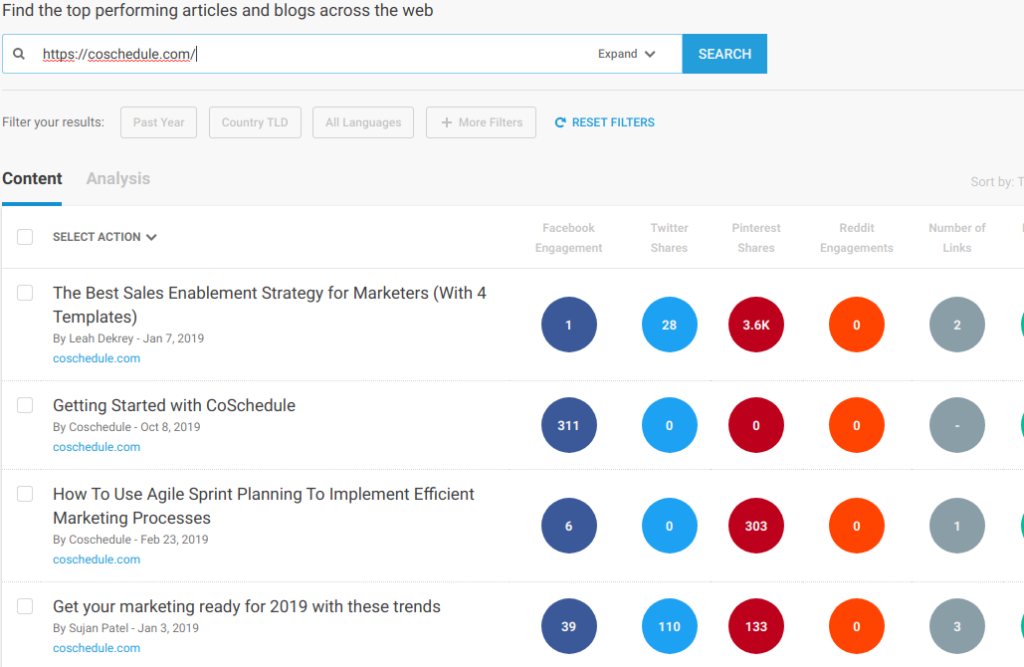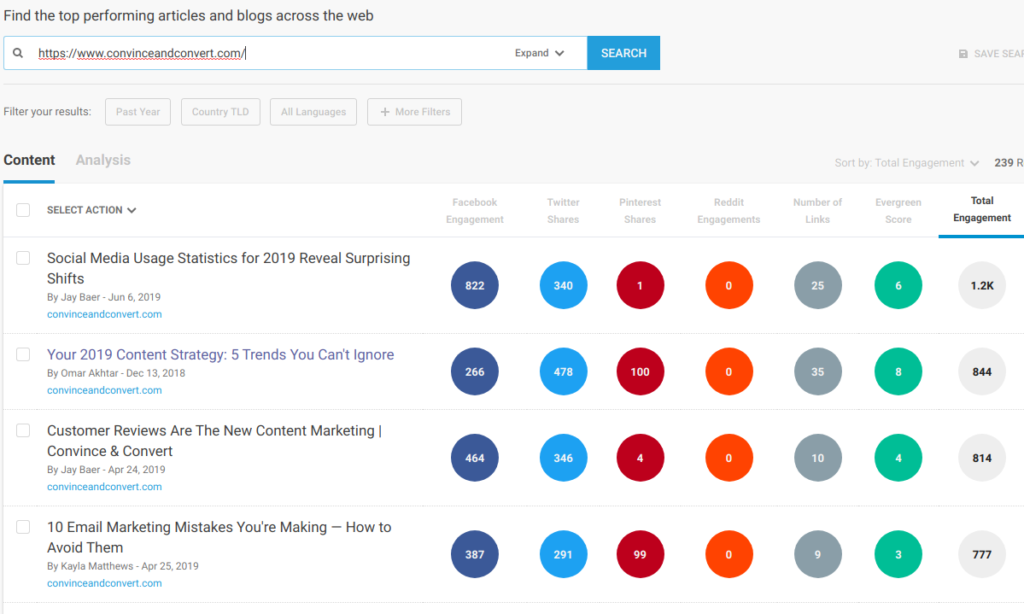If you’re a content creator, you know coming up with compelling posts is your biggest priority.
But where do you begin?
There’s so much to consider when it comes to creating content.
Elements like consistency and clarity are key. Then there’s keeping up with trends that will impact the reach of your content, especially in digital content.
Thankfully, there are TWO simple steps that consistently deliver a high return on investment:
- Studying your audience’s proven interests
- Learning about popular content formats
Popular bloggers use these strategies as a compass to consistently creating unique content.
1. Creating Winning Content Starts with Your Audience
It’s no secret that understanding your audience is key to creating the right content.
You need to know their concerns, dreams, and desires. That’s the only way you create content that connects with your reader.
A good place to start is by creating content that cover’s your audience’s key interests.
Here’s a technique I learned in a Smartblogger course. And it focuses on uncovering your audience’s proven interests.
- Use a tool like Buzzsumo
- Enter a competitors domain
- Examine the content with the highest engagement
- Identify common topics
Perform this evaluation on about five competing blogs. So if you’re a content marketing agency, you’d study top preforming blogs like Co-schedule and Convince and Convert.

It’s clear readers want content about trends. The only problem is that the internet is full of unremarkable stories about trends (I’ve written my fair share!).

So once you’ve nailed down proven topics, it’s your turn to provide a new perspective.
What fresh angle can you bring? Remember, no matter how widely covered the topic, you can always find a new hook to the subject based on your experience.
2. Keep up With Popular Content Frameworks (and Why They Work)
Imagine you’re alone in a room with a computer.
Notes written in Chinese are slipped under the door. You don’t understand the language but by following instructions from the computer you can fool the outsider into believing you’re a fluent Chinese speaker.
That’s a well-known thought experiment by American philosopher John Searle, called the Chinese Room. I’ve written about it on here before, and this time I’d like to compare it to creating content.
Consider this example:
You’ve seen list posts do fairly well, so you cobble one together and slap on a headline.
And then? Crickets.
Why?
Without an understanding of why these types of posts perform well, it’s hard to create valuable, original content. And then what we’re left with is just another post to add to millions published online each day.
When I really started to take writing online seriously, I tried to read about every formula: I wanted to know all the tried and tested techniques for creating memorable digital content.
I discovered the types of posts that do well.
How to blog posts were a firm favourite. Yet, list posts attract more shares than any other post type, according to an analysis by OK Dork.
Other reports showed storytelling was popular.
The problem was that I didn’t really pay much attention to why any of these techniques worked.
For list posts, for instance, my writing was formulaic and stilted.
And that’s when I realised I needed to dig deeper; I needed to gain insight into why specific types of content outperform others.
In the Magnetic Headlines ebook, Copyblogger’s Brain Clark says a headline is a promise: depending on the type of post, you should make that promise clear in the headline.
“Any headline that lists a number of reasons, secrets, types, or ways will work because, once again, it makes a very specific promise of what’s in store for the reader. A nice quantifiable return on attention invested goes a long way toward prompting action, and as long as you deliver with quality content, you’ll have a satisfied reader.”
Clark on the reasons how-to posts work well:
“But it’s exactly due to the crazy busy lives we lead that prompts us to seek out tips, tricks, and methods to make things better, easier, and ultimately happier for ourselves. Focusing on the “better, easier, and happier” is the key to great “how to…” headlines and content.
For storytelling, I believed just by conveying some kind of narrative I was telling a story. Not quite, as John Truby points out in his book, Anatomy of a Story.
“But telling a story is not simply making up or remembering past events. Events are just descriptive. The storyteller is really selecting, connecting,and building a series of intense moments. These moments are so charged that the listener feels he is living them himself. Good storytelling doesn’t just tell audiences what happened in a life. It gives them the experience of that life.”
So, once you figure out why these techniques work you can apply them more effectively. This is when you come up with original content creation ideas.
In another how to post, I stitched new ideas together and offered practical advice plus real-world experience. That post outperformed every other post of mine and was picked up by a popular Medium publication.
What next?
When you’re ready to start creating content, being by analysing the popular proven topics in your niche.
Perform a Google search and see which sites rank for those topics. That’s a method I learned from Ahrefs and one you can learn more about here.
Have a look at the top results. You’re gaining real-time insights into the type of content readers want.
Every industry has these proven techniques and writing online is no different. My point is that it’s good to use these proven techniques, but only once you understand why they work.
Featured image credit: Image by LEEROY Agency from Pixabay
